 Setting up and designing your blog will probably be the most daunting task you face as a blogger. What blogging platform, web-hosting service, and layout you chose will determine the success of your site. First impressions are everything – especially in today’s digital age. Lucky for us, there are some amazing tools that help make this process much easier.
Setting up and designing your blog will probably be the most daunting task you face as a blogger. What blogging platform, web-hosting service, and layout you chose will determine the success of your site. First impressions are everything – especially in today’s digital age. Lucky for us, there are some amazing tools that help make this process much easier.
In this section of my Blogging 101 series, I will go over how to pick a blogger platform, the difference between self-hosting vs. free hosting, and steps to take when designing your blog.
These are all very complex topics, so I tried to keep them as simple as possible. If you have any questions at all, please do not hesitate to ask me and I will get back to you quickly! If you want me to go more in-depth about some of these topics, I can absolutely do that.
Tune in next Wednesday at 7 p.m. PST for advice on how to start your writing process!
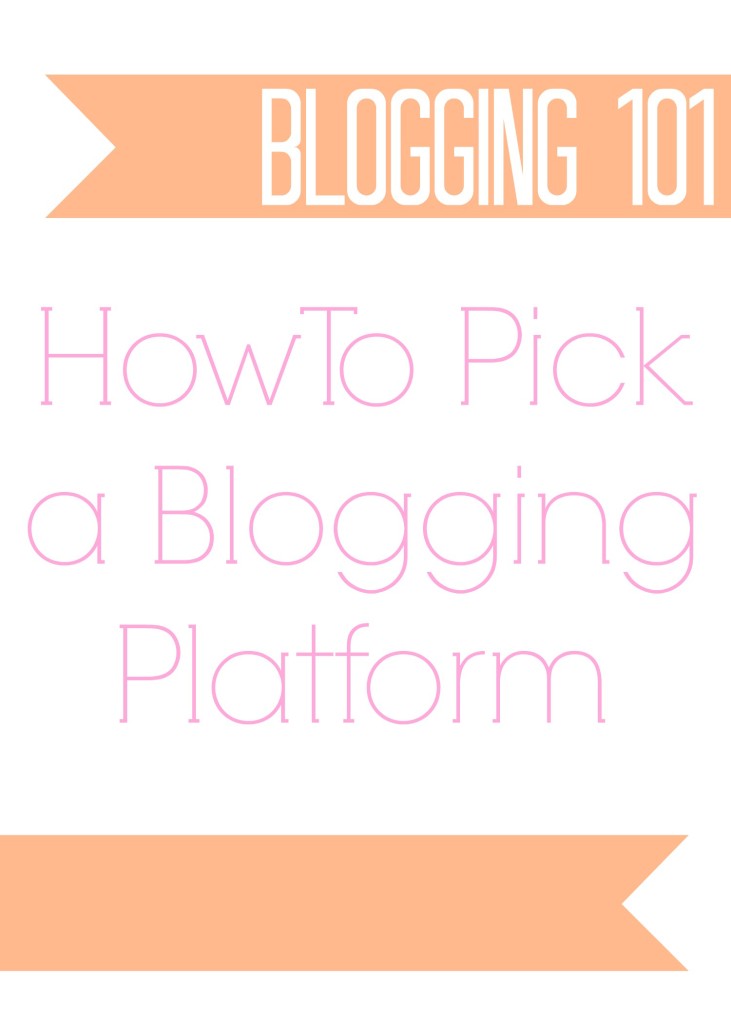 1. Pick a Blogging Platform
1. Pick a Blogging Platform
Blogger platforms are what you will design, post, edit, and operate your blog from. They are the back end of any site.
Here are some popular blogger platforms:
The two I find most common are WordPress and Blogger, so I’m just going to talk about them a little bit.
WordPress
WordPress offers two choices: wordpress.com and wordpress.org. The difference is that wordpress.com is hosted through the WordPress server and wordpress.org is hosted on whatever server you want to use (i.e. GoDaddy, BlueHost).
The best thing about WordPress is that it’s so easy to use – if you never want to touch a single piece of code your entire time using it, you’d be just fine. Plugins make it extremely easy to incorporate interactive media, advertisements, and much more. It’s fast, simple, and has enough options that even very experienced bloggers with more complex needs still use it.
WordPress.com is by far the best place for beginners or people on a budget – it has simple customization tools and a clean interface. You can pay money to access more features or stick to what is provided for free! The only caveat is that you cannot adjust any coding or add plugins, and certain themes are unavailable.
When you’re at a point where you want those features, you can easily make the switch to wordpress.org on a self-hosted server where you will have access to all of that. I found the transition between wordpress.com and wordpress.org to be fairly smooth which was great. I had no idea when I started blogging that it would take off like it has, so I was thankful that WordPress had so many options.
Blogger
This is definitely the second most common blogging platform – especially for beginners. It is extremely easy to use at first because when you first start out, writing, editing, and publishing posts is mainly all you are doing. However, in order to customize it very much, you have to have a basic understanding of HTML.
Blogger is perfect if you are just starting out and WordPress seems a little too daunting. If you just need the very basic options of writing and sharing multimedia, then it’s perfect for you!
Another cool feature of Blogger is that it syncs up with Google really efficiently.
Conclusion
This is all about personal preference. If you are not too serious about blogging or you’re not sure where it will take you, I recommend starting out with a free platform. As you’re defining your blog and testing the waters, there’s no real need for super fancy features.
On the other hand, you do want to look at the big picture. If blogging is something you’re really serious about or want to turn into a career, be sure to pick a platform that offers more complex features.
Worst case scenario is that you start your blog on one platform and decide to move to another. Have no fear – most platforms offer really simple and easy transfer services, so this won’t be too big of an issue!
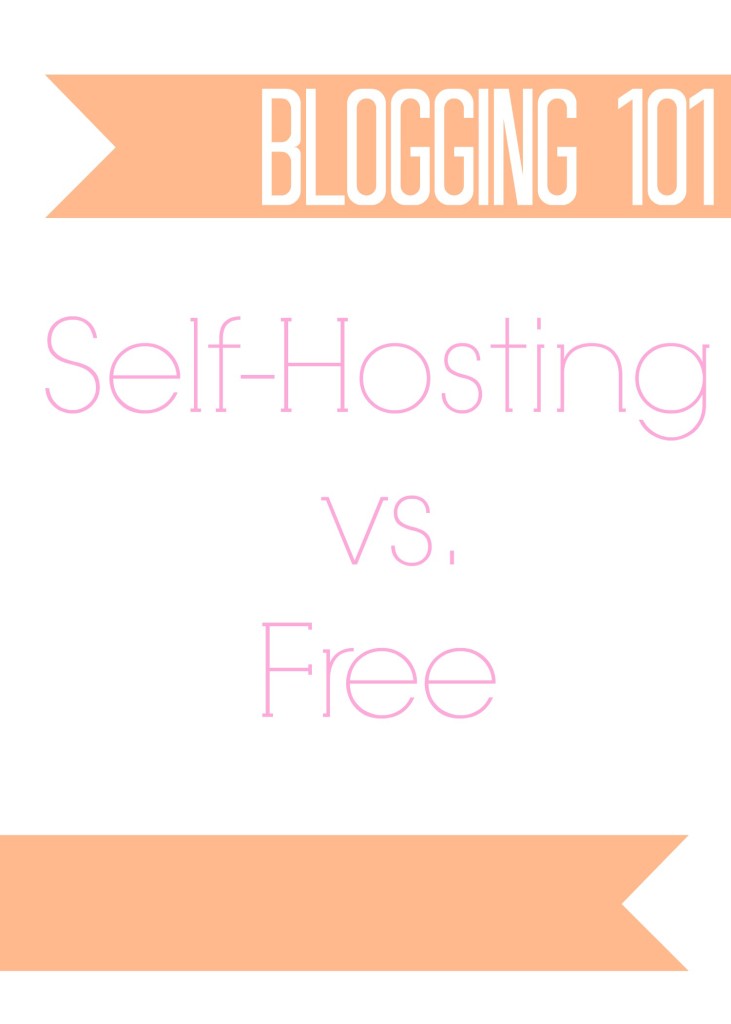 2. Self-Hosting vs. Free
2. Self-Hosting vs. Free
Self-hosting vs. free essentially refers to your site being held on a server that is purchased (like GoDaddy or BlueHost) or a free server (like WordPress.com). Many bloggers just stay on free hosting because they do not need the extra options that come with self-hosting. However, many bloggers want to monetize their blog and have more options in terms of appearance and functionality, so they switch to self-hosting.
Bottom line: if you want more options for your site, you have to pay for it and get self-hosting.
So what are those options? When you have a self-hosted site, you can play around with HTML (coding), plugins, advertisements, ecommmerce, and much more. You have the flexibility to make your blog look exactly how you want it to. You also have opportunities to make money based of of ads (whether they are affiliate links or pay-per-click ads).
This is the main reason why I switched over from WordPress.com to WordPress.org – I wanted to start offering sponsorships and participate in affiliate programs. I purchased BlueHost so my site transitioned over to their server. In doing this, I then had access to all sorts of customization options in terms of appearance and functionality of my blog!
I could definitely go more in-depth about this, so if you are reading and want more details, please let me know. I can absolutely write another post with more information!
Here are some popular self-hosting sites:
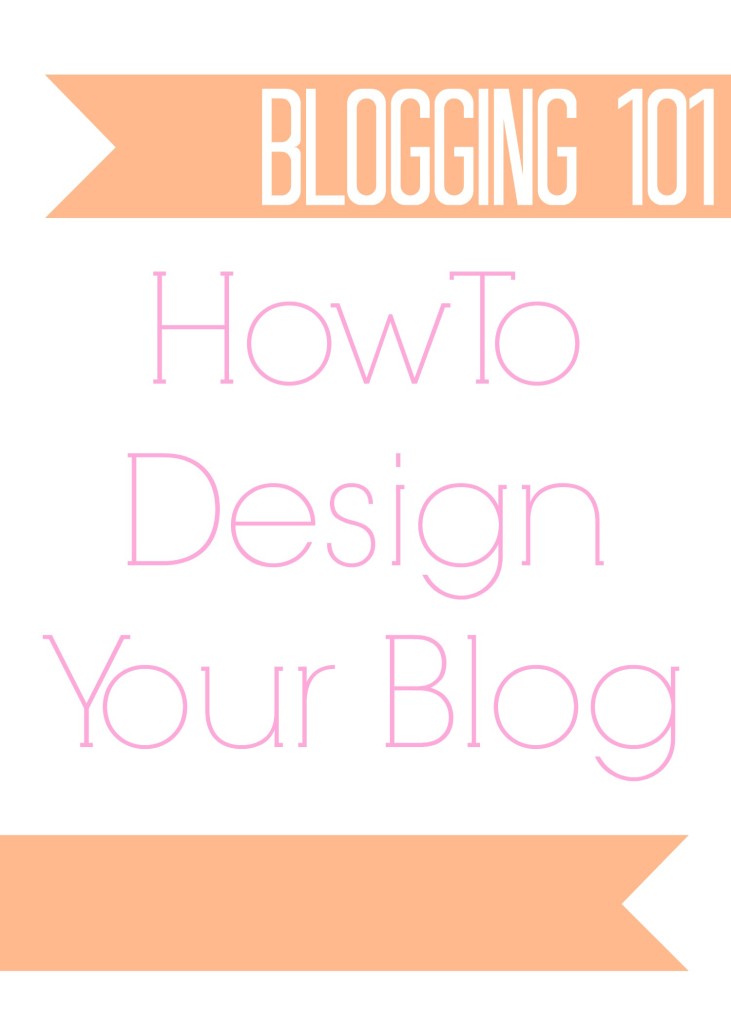 3. Design Your Blog
3. Design Your Blog
Pick a site name
I touched on this last week, but your site needs a catchy, short, and memorable name. First impressions are everything, so choose this wisely! This will most likely be your domain name as well, so keep that in mind. So many bloggers have adorable blog names, it’s pretty intimidating to try to be as creative as them.
Ask your friends and family for blog name ideas. That’s what I did – my boyfriend came up with the name of mine! Although it’s much longer than most people prefer their blog names to be, mine is very memorable and catchy so I’ve found it to work well.
Choose layout/theme
You want to pick a theme and layout for your blog that will maximize pageviews and ease of use for your readers. You want them to stay on your site as long as possible and find information quickly and easily. The layout of your blog is they key to this.
Many bloggers find that white space and a two column layout to be best. Two colums allows for enough information but not so much that it looks cluttered. White space is basically just the places on your site where there’s no text/images/video/etc. – it’s completely empty. White space has been proven to make readers slow down their reading and keep them on the page longer.
You want your page to scream simplicity, sophistication, and organized. (For an amazing example of this, check out Lush to Blush or Cupcakes and Cashmere – their layouts are perfect!)
Logo
In order to be recognizable and have brand consistency, you need a strong logo. For many bloggers, this is just their blog name written out in a script font or with some decorative element. This logo will be recurring on your site, be on your social media pages, and any press releases/stationary/newsletters/etc. you may send out to readers.
When somebody sees your logo, they will be able to remember the name and content of your blog better. Giving readers a visual representation of your brand will help give it an identity and reputation.
Signature
Many bloggers have a simple signature at the end of all of their posts. This can be done by using a plugin or manually by creating one and inserting it as an image at the end of every post.
I love signatures because it’s just one more reminder at the end of a post who the author is. It also provides a nice touch of personalization and identity – that you’re not just a computer screen. Again, just like the logo, this doesn’t have to be anything fancy!
Color scheme
Another key aspect to brand identity is having some sort of color scheme. You don’t want there to be a red and black theme on your main blog page and then have your logo be pink and yellow. That will be confusing to readers and won’t draw the connection between the two. Consistency is key here.
Many bloggers find that a simple black and white theme looks the most professional and sophisticated. When you get bored of black and white, you can easily add in accent colors without losing the original colors. Ultimately, what colors you stick to are completely up to you – have fun with it!
 Hello lovely readers! The past two months, I have had the pleasure of having the beautiful Ashley Scroggins be my featured sponsor. She is the author of the faith and lifestyle blog A Faithful Passion.
Hello lovely readers! The past two months, I have had the pleasure of having the beautiful Ashley Scroggins be my featured sponsor. She is the author of the faith and lifestyle blog A Faithful Passion.
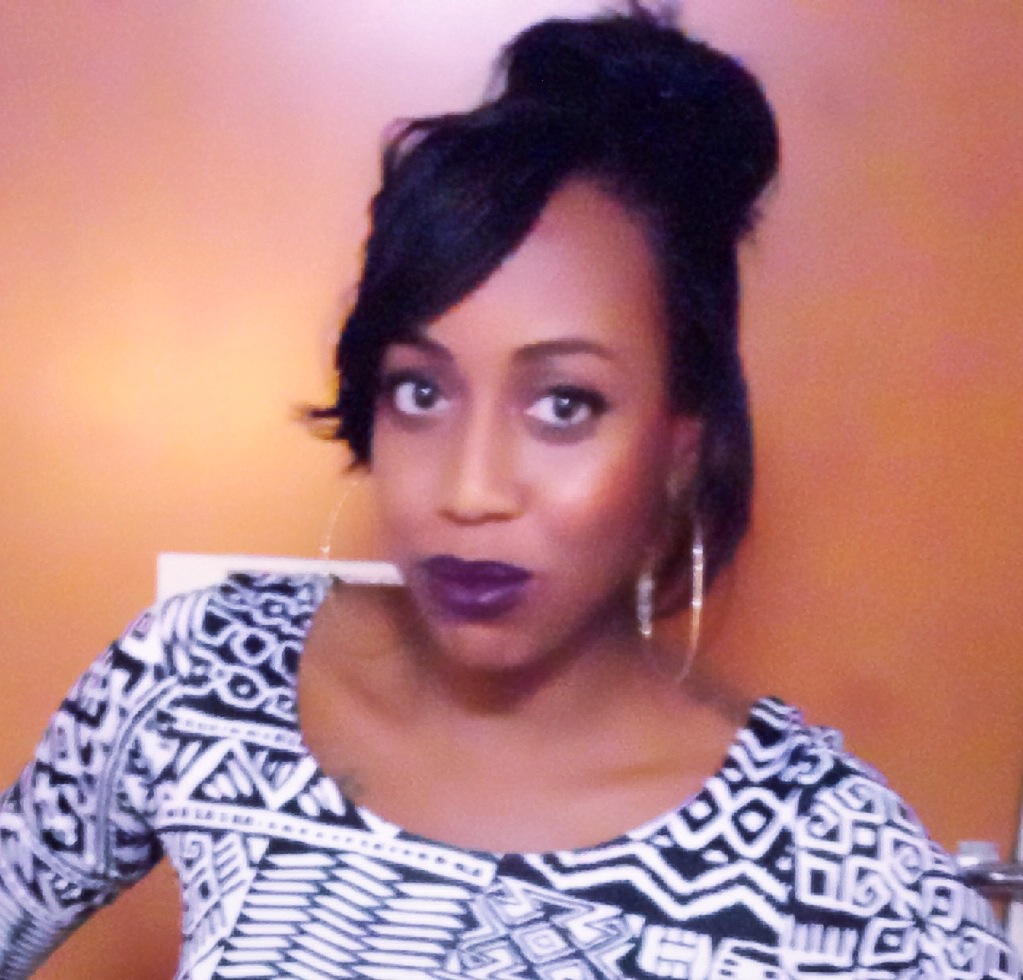

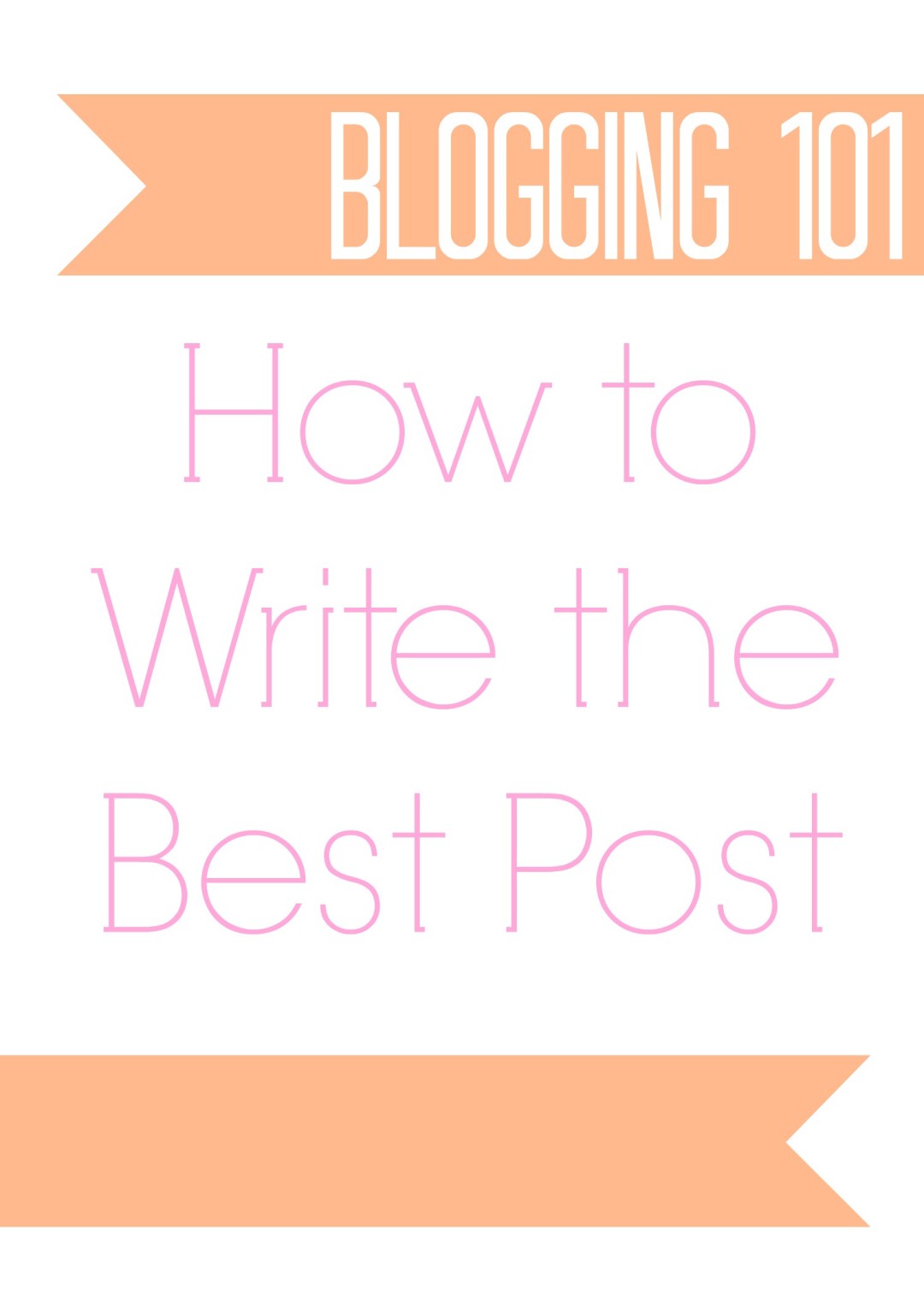

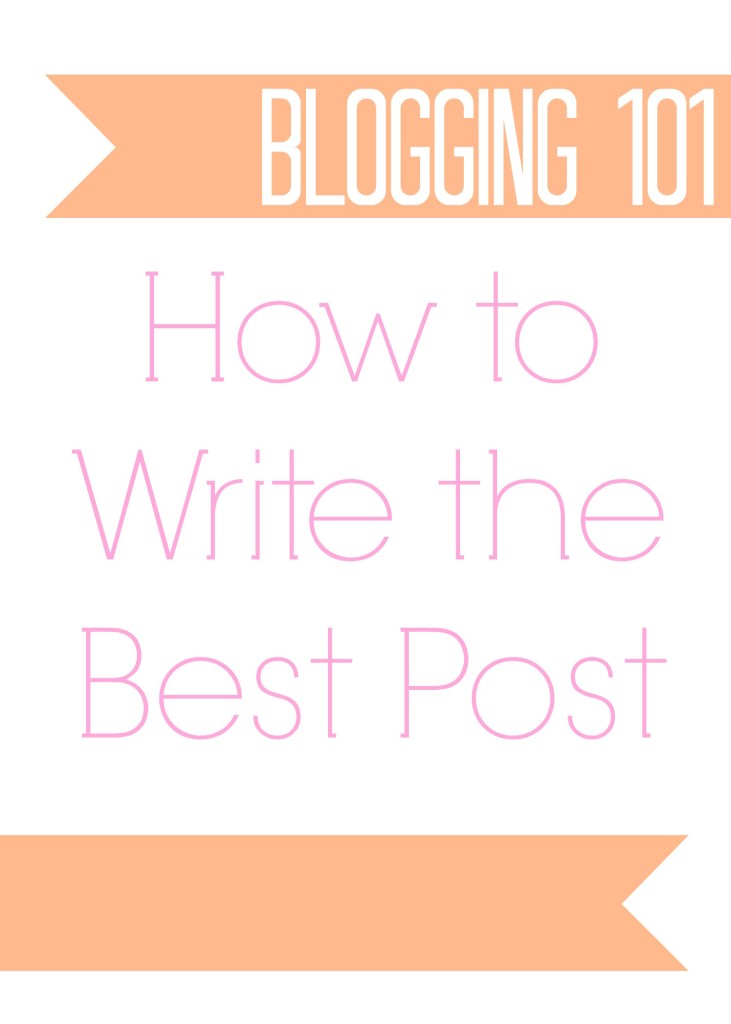 The Bread and Butter of a Quality Post
The Bread and Butter of a Quality Post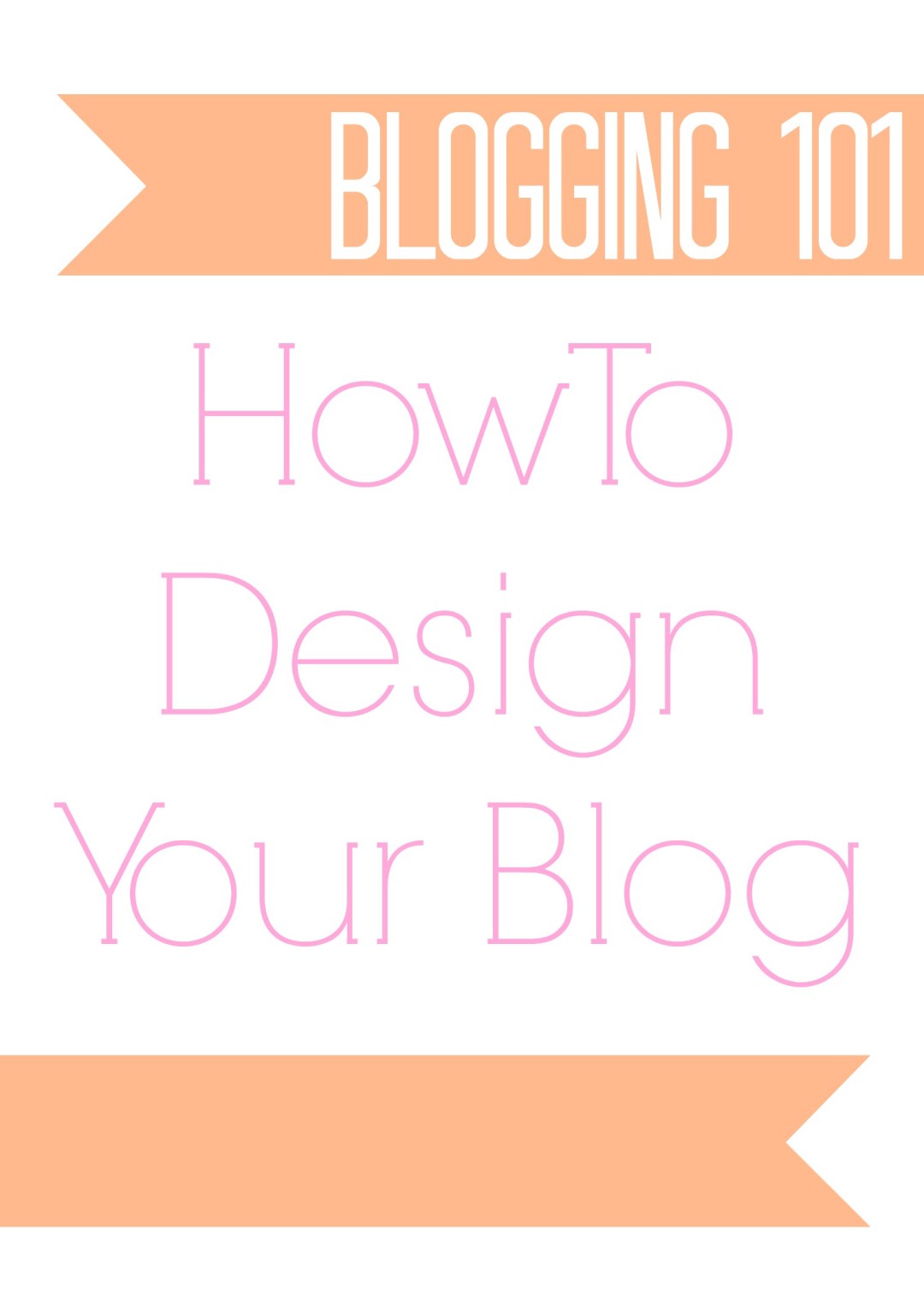



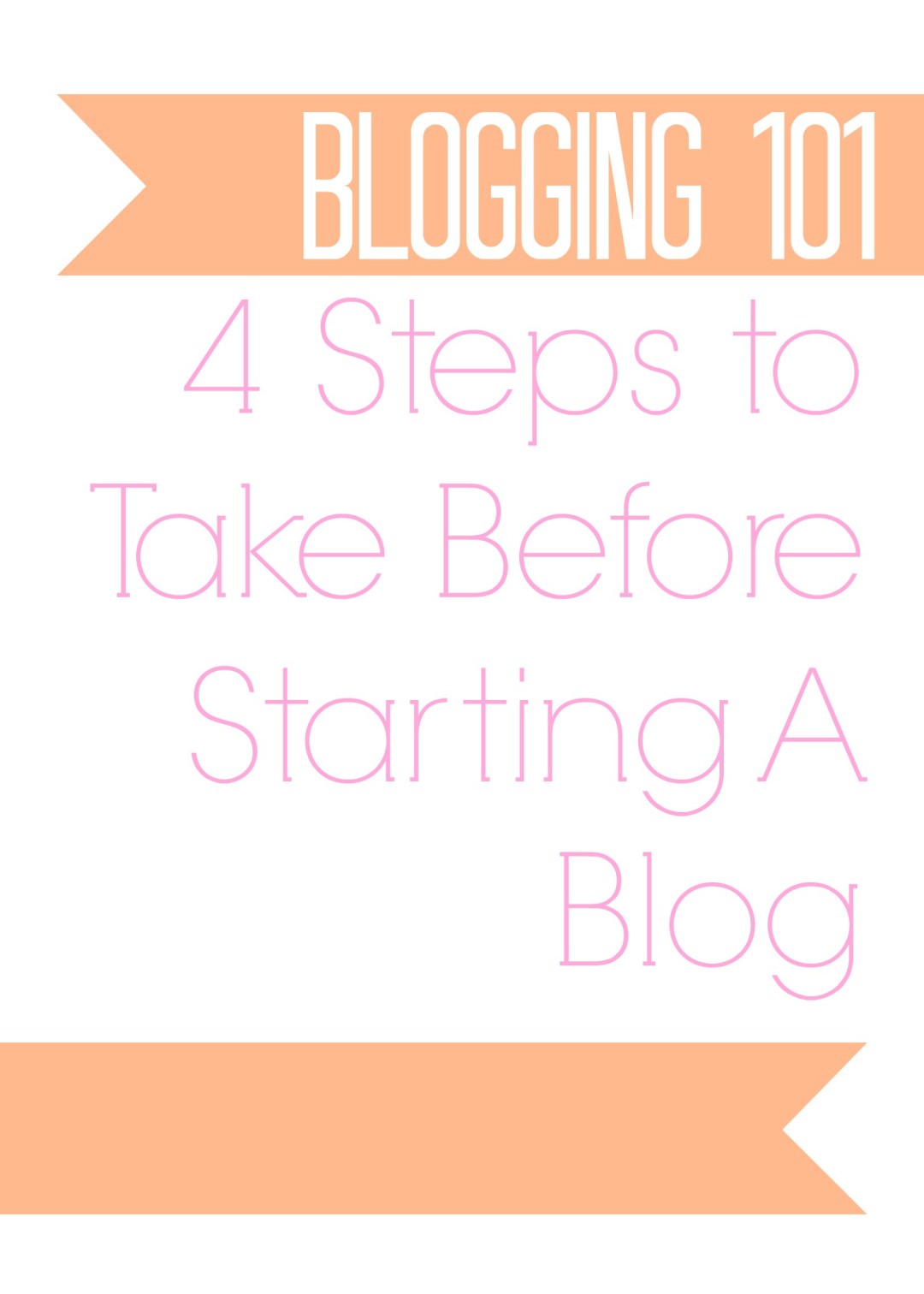

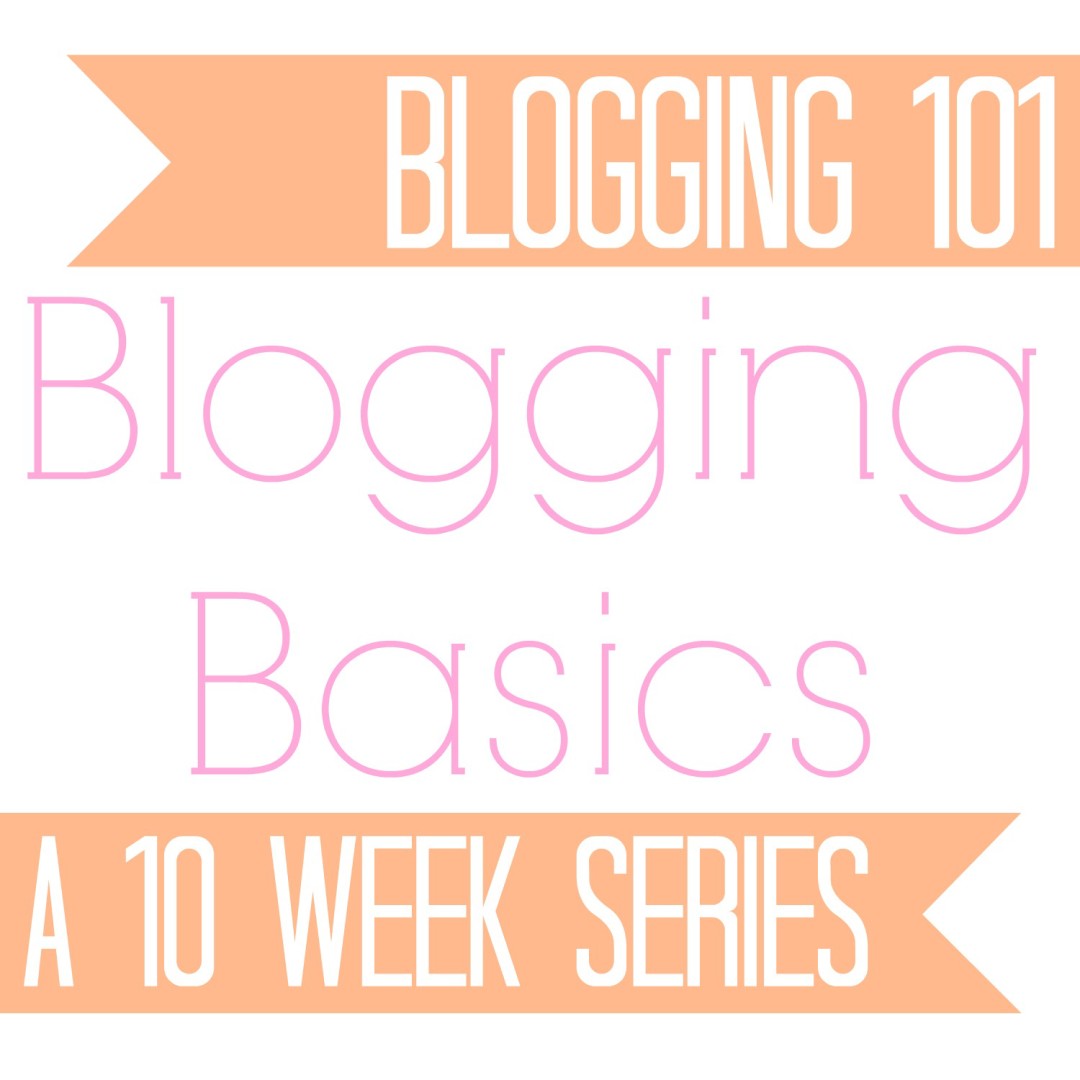

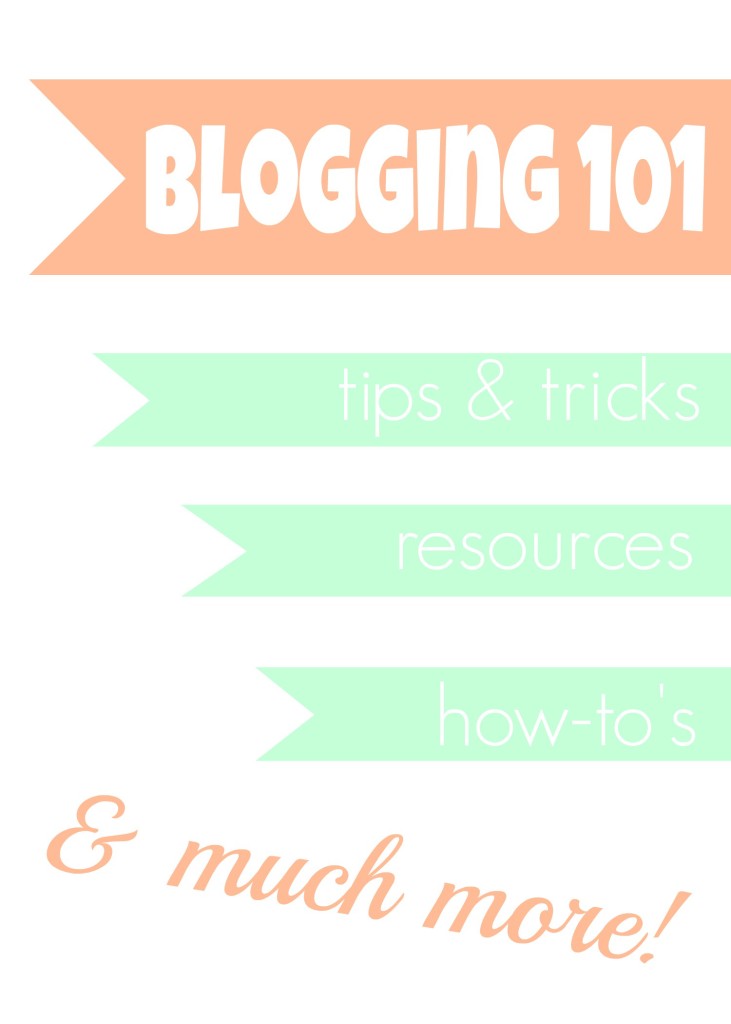 DISCLAIMER: I am absolutely no expert. I don’t make my living off of blogging, I haven’t been at this for years, and I do not have a huge following. But I also think this is what makes me unique – so many “Blogging 101” posts come from well-established bloggers with massive followings, their own photographers, access to Photoshop and other resources, and who make a living off of their blog work. I love reading those posts because it is incredibly inspiring and helpful to hear what their advice is to us newbies. However, there is merit to hearing from somebody not so high up in the blogosphere as well. It’s hard for a lot of us to get started when we A) Little to no social following; B) Little to no money; C) Little to no experience; D) Little to no support.
DISCLAIMER: I am absolutely no expert. I don’t make my living off of blogging, I haven’t been at this for years, and I do not have a huge following. But I also think this is what makes me unique – so many “Blogging 101” posts come from well-established bloggers with massive followings, their own photographers, access to Photoshop and other resources, and who make a living off of their blog work. I love reading those posts because it is incredibly inspiring and helpful to hear what their advice is to us newbies. However, there is merit to hearing from somebody not so high up in the blogosphere as well. It’s hard for a lot of us to get started when we A) Little to no social following; B) Little to no money; C) Little to no experience; D) Little to no support.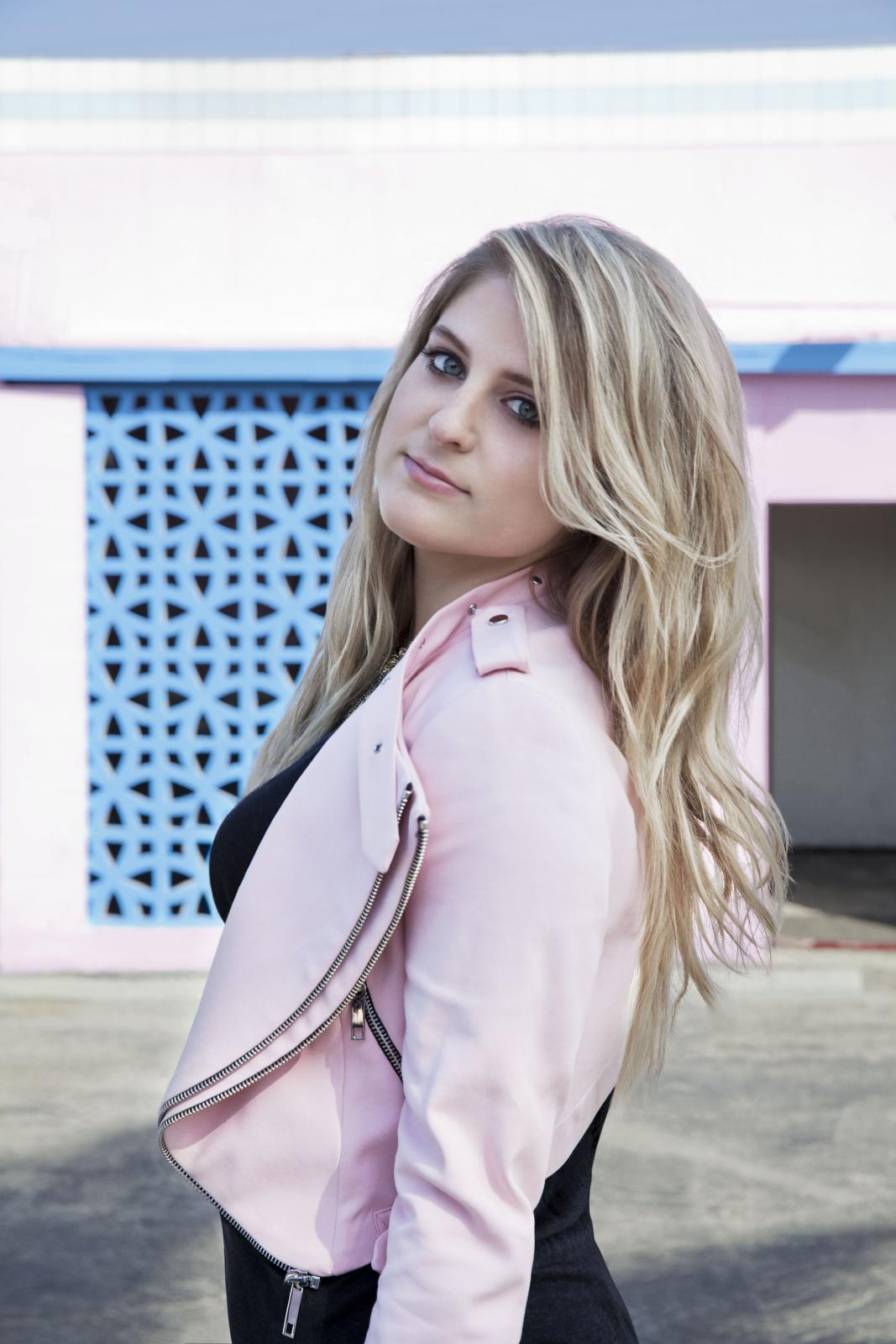

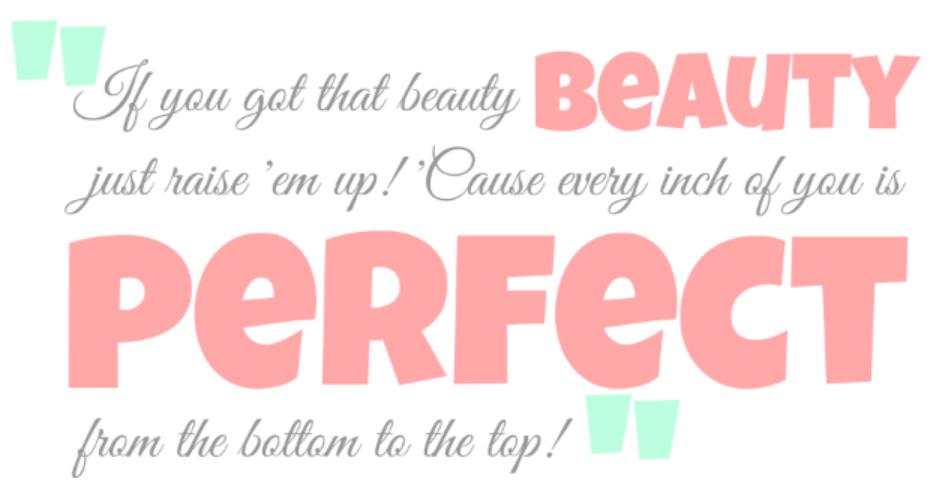
 This verse is what it’s all about. YOU are beautiful just the way you are! Don’t listen to the media because they portray an unrealistic idea of beauty. True beauty is within everybody!
This verse is what it’s all about. YOU are beautiful just the way you are! Don’t listen to the media because they portray an unrealistic idea of beauty. True beauty is within everybody!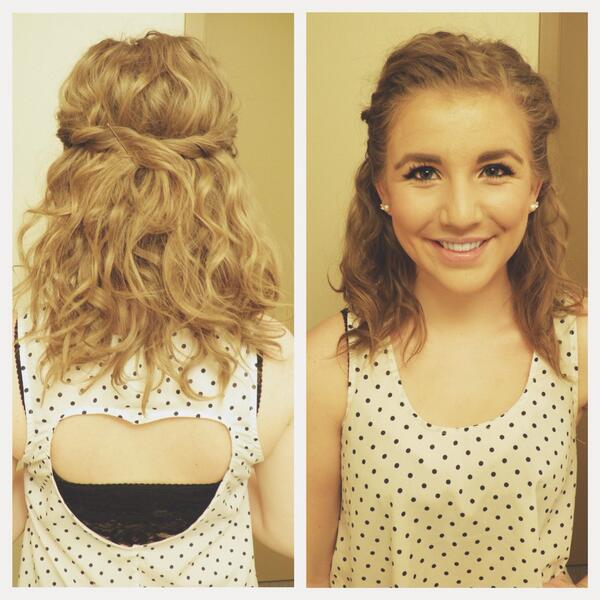



 Happy Sunday everybody! This summer I am participating in a summer blogger challenge that has different prompts each week. I can’t wait to read everybody else’s posts who’s participating in this challenge! For those of you who want to participate, the lovely lady organizing the whole thing is Charlotte from
Happy Sunday everybody! This summer I am participating in a summer blogger challenge that has different prompts each week. I can’t wait to read everybody else’s posts who’s participating in this challenge! For those of you who want to participate, the lovely lady organizing the whole thing is Charlotte from